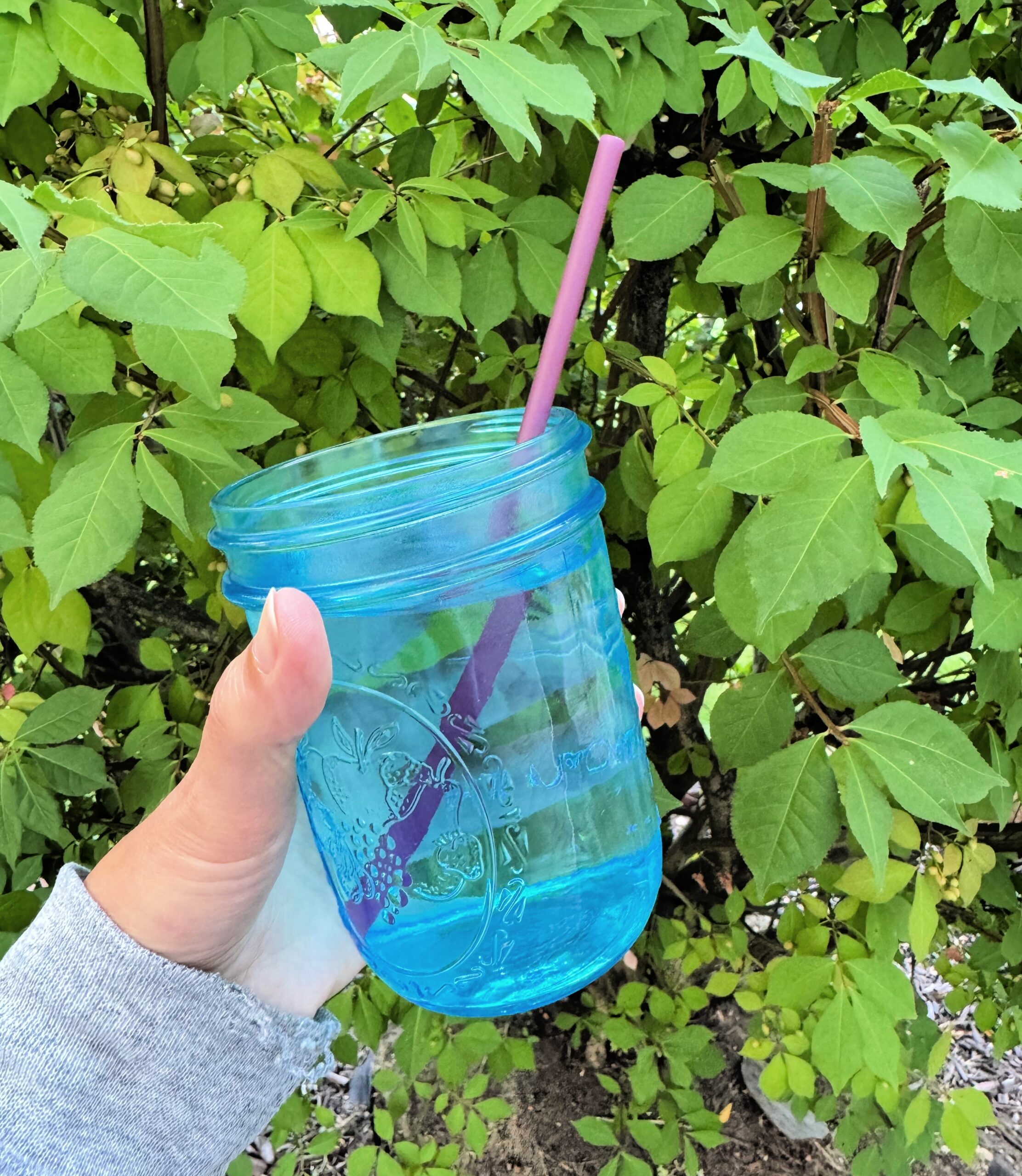Most children spend their days glued to screens. It’s not their fault – that’s just how the world works now. But here’s something interesting: the best environmental education doesn’t come from documentaries or textbooks.
It comes from getting outside. Muddy knees, scraped elbows, and hands covered in soil teach kids more about protecting our planet than any classroom lecture ever could.

1. Garden Projects That Matter
Last summer, my neighbour’s six-year-old wouldn’t eat vegetables. Her mum was at her wits’ end. Then they planted a tiny garden patch together. Three months later, that same kid was munching raw carrots straight from the ground and asking why supermarket tomatoes taste so bland.
Gardens work magic on children. They see where food comes from – not the grocery store, but actual dirt. They learn why compost matters, how earthworms help plants grow, and what happens when you forget to water your seedlings for a week.
City families shouldn’t feel left out. Balcony gardens, kitchen herbs, or community plots work just as well. Bangkok parents know this well – the large green lung of Bangkok, Lumpini Park, runs weekend programmes where families learn urban gardening together. Kids discover that cities can grow food too, not just concrete and cars.
2. Wildlife Watching Without the Zoo
Birds are everywhere, but most people never notice them. Children who learn to spot different species develop patience and observation skills that serve them well beyond nature walks. Plus, they start caring about habitat protection once they realise their favourite bird needs specific trees to survive.
Building bird feeders or butterfly gardens turns any yard into a nature documentary. Kids check these spaces daily, keeping mental notes about which creatures visit when. They notice patterns, ask questions, and start connecting dots about ecosystems and food webs.
3. Water Games With a Purpose
Water conservation lectures bore children senseless. Water games that teach the same lessons? That’s different. Rain gauges, stream exploration, and homemade water filters turn abstract concepts into hands-on learning experiences.
Beach cleanups reveal pollution’s real impact. Children who fish plastic bottles from tide pools understand ocean conservation differently than those who just read about it. They see the problem firsthand and feel motivated to prevent it.
4. Turning Rubbish Into Art
Community cleanup days sound boring to most children. Frame them as treasure hunts for interesting rubbish that can become art projects, and suddenly, kids are volunteering to carry garbage bags.
Composting systems fascinate children who love watching decomposition in action. Kitchen scraps become rich soil through natural processes that they can observe daily. These systems teach patience, natural cycles, and resource conservation simultaneously.
5. Seasonal Adventures That Build Awareness
Kids who observe seasonal variations over a number of years become aware of changes in their surroundings. They remember when certain flowers bloomed earlier or birds arrived later. These observations make climate change discussions more concrete and personal.
Weather tracking becomes a family science project. Children monitor temperature, rainfall, and seasonal timing whilst learning about climate patterns and environmental changes affecting their local area.
Conclusion
The best environmental advocates aren’t made in classrooms – they’re made outdoors. Children who’ve experienced nature firsthand carry those memories with them. They remember the feeling of finding a bird’s nest or growing their first tomato. Those experiences shape how they think about the world and their responsibility to protect it.


Leave A Comment